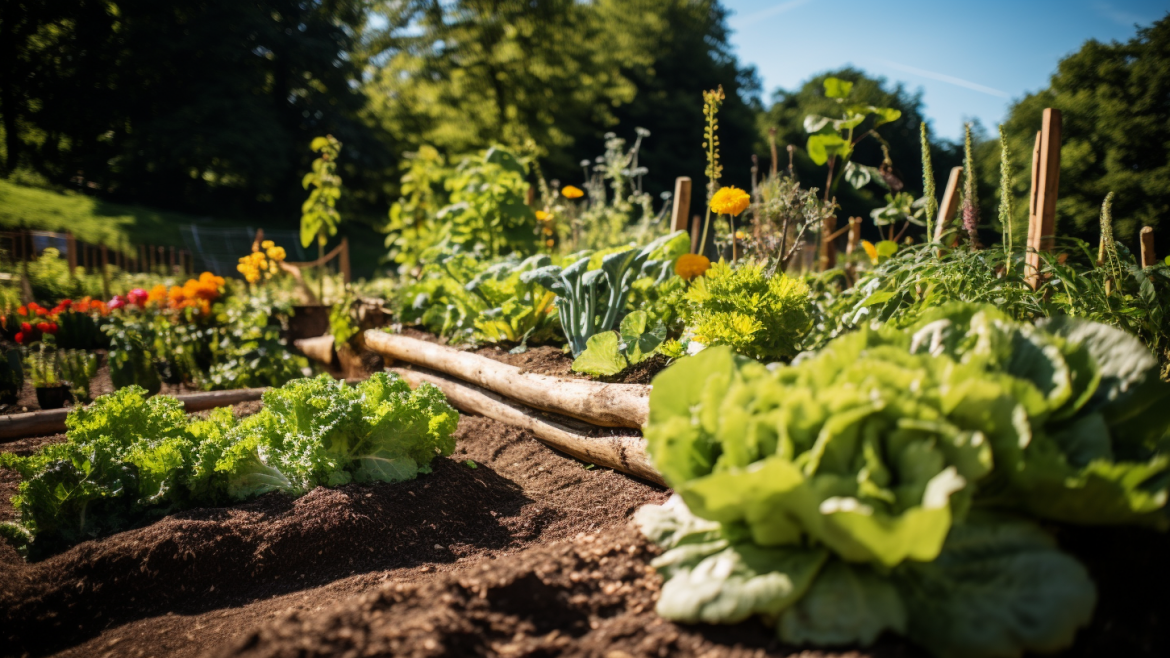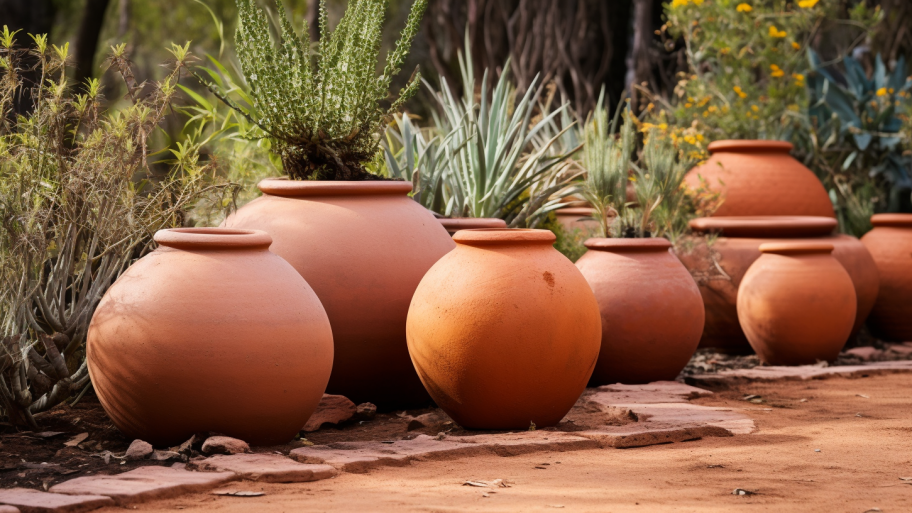You’ve ventured into the world of Hugelkultur and experienced firsthand the magic of this ancient gardening method. Now, it’s time to elevate your Hugelkultur game and maximize the benefits of your raised beds. In this article, we will delve into advanced techniques and tips that will help you harness the full potential of Hugelkultur, transforming your garden into an oasis of productivity and beauty.
Integrating Hugelkultur with Permaculture Principles
Permaculture, a design philosophy that emphasizes sustainability and the harmonious integration of human activity with natural ecosystems, is a perfect complement to Hugelkultur. By incorporating permaculture principles into your Hugelkultur garden, you can create a diverse, resilient, and self-sustaining landscape that provides an abundance of food, fiber, and other resources.1 2
One key aspect of permaculture is the concept of planting in guilds, or groups of plants that benefit one another through symbiotic relationships. In a Hugelkultur bed, you can create guilds by planting nitrogen-fixing plants, such as beans or peas, alongside heavy feeders like tomatoes or squash. This partnership helps maintain soil fertility and reduces the need for external inputs. Similarly, you can incorporate plants that attract beneficial insects, such as flowering herbs or native wildflowers, to promote natural pest control and enhance pollination.3 4
Using Hugelkultur in Small Spaces and Urban Gardens
Even if you have limited space or live in an urban environment, you can still reap the benefits of Hugelkultur. By scaling down the size of your beds and selecting plants suited to container gardening, you can create a mini Hugelkultur garden on a balcony, rooftop, or small courtyard.
To create a small-scale Hugelkultur bed, start by selecting a container with drainage holes, such as a large planter or repurposed wooden crate. Fill the bottom of the container with logs, branches, and other woody debris, followed by layers of organic materials, just as you would in a full-sized Hugelkultur bed. Top the container with a layer of soil and plant your choice of compact or dwarf varieties of vegetables, herbs, or ornamental plants. Be sure to monitor the moisture levels in your container, as smaller beds may require more frequent watering than their full-sized counterparts. In the case of a Hugelkultur garden on a balcony or rooftop, place a container or tray underneath to catch any excess water to prevent it from dripping onto your neighbors below.
Troubleshooting Common Hugelkultur Challenges
As with any gardening method, Hugelkultur is not without its challenges. However, by understanding these potential issues and taking proactive measures to address them, you can ensure that your Hugelkultur garden remains healthy and productive.
One common challenge in Hugelkultur is the initial decomposition of wood, which can temporarily tie up nitrogen in the soil and cause nutrient deficiencies in your plants. To mitigate this issue, ensure that you include plenty of nitrogen-rich green materials, such as grass clippings or kitchen scraps, in your initial bed construction. Additionally, consider planting nitrogen-fixing plants, like beans or peas, during the first growing season to help replenish soil fertility.5
Another potential issue is the presence of pests or diseases in your Hugelkultur bed. To reduce the risk of infestation, practice good garden hygiene by removing diseased plant material and avoiding the use of contaminated tools. Encourage natural predators, such as ladybugs or lacewings, by incorporating plants that attract beneficial insects into your garden. If necessary, use organic pest control methods, such as neem oil or insecticidal soap, to manage outbreaks.6
Relevant Amazon Products
- Hugelkultur: New And Expanded 2nd Edition – This comprehensive book offers a wealth of information on Hugelkultur, from the basics of bed construction to advanced techniques for maximizing productivity and sustainability. A must-have resource for any Hugelkultur enthusiast.
- Garden Soil Thermometer – Monitor the temperature of your Hugelkultur bed with this easy-to-use soil thermometer. Keep track of the decomposition process and ensure optimal growing conditions for your plants.
- Heavy-Duty Garden Gloves with Claws – These durable garden gloves, equipped with built-in claws, make the process of building and maintaining your Hugelkultur bed a breeze. Protect your hands while digging, planting, and weeding.
- Fiskars Garden Hori Knife – This versatile Hori garden knife is an essential tool for building and maintaining your Hugelkultur bed. Use it for digging, planting, cutting, and measuring – it’s the ultimate multitool for any gardener.
- Organic Neem Oil Protect your Hugelkultur garden from pests and diseases with this organic neem oil. A natural, non-toxic solution that effectively controls a wide range of common garden pests and fungal diseases while preserving beneficial insects.
Conclusion
By implementing the advanced techniques and tips discussed in this article, you can unlock the full potential of your Hugelkultur garden and experience the joy of a thriving, self-sustaining ecosystem. Embrace the wisdom of permaculture, adapt Hugelkultur to fit your unique space, and overcome common challenges with confidence. As your skills and knowledge continue to grow, so too will the beauty and bounty of your Hugelkultur masterpiece.




